 |
 |
 |
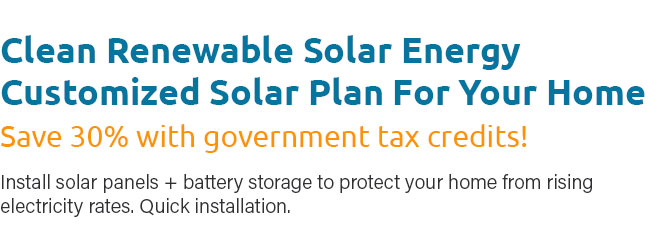 |
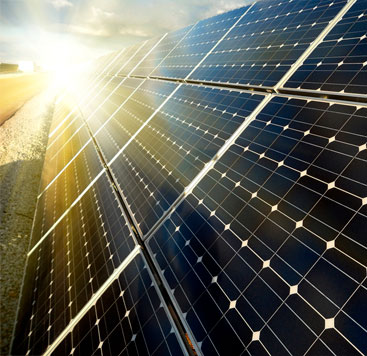 |
 |
 |
 |
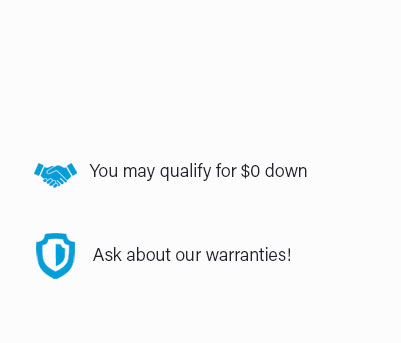 |
 |
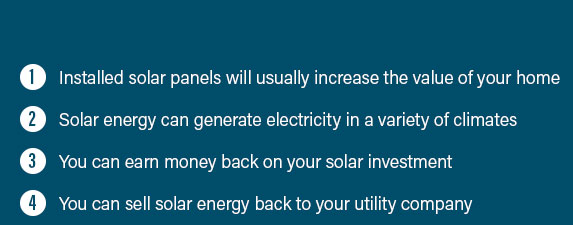 |
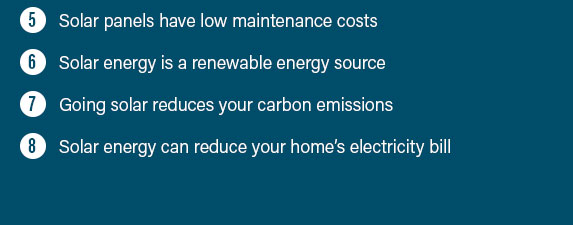 |
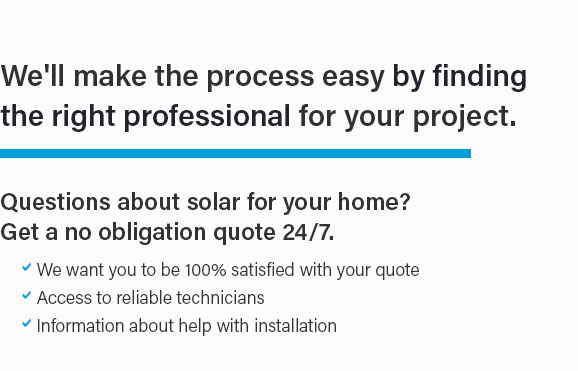 |
 |
|
 |
 |
 |
|
Unlock the power of the sun and transform your home with our unparalleled solar panel installation services-your gateway to energy independence and substantial savings; with just one simple quote, you'll see how effortless it is to switch to clean energy, as our expert team tailors every installation to your unique needs, ensuring maximum efficiency and a seamless transition to sustainable living, so join the solar revolution today and watch your home become a beacon of innovation and environmental stewardship.
https://doee.dc.gov/service/solar-district
Rooftop solar generation is the leading strategy for generating local, clean energy in the densely developed District. Installing solar panels on your home or ... https://www.constellationhome.com/md/home-improvement/solar-panels/
Let Constellation Home and Sunrun show you how installing solar panels can help you become more energy independent and save money. It's never been easier to ... https://www.quora.com/How-much-does-it-cost-to-install-solar-panels-on-a-typical-US-home-Are-there-any-other-advantages-disadvantages-of-having-them-installed-vs-say-a-windmill-system-instead
It would be about $25K before the 30% tax credit. That is for about a 10 kW system on a barrel tile roof, which roughly matches my $200 monthly power bill in ...
|